Some years ago I watched on television the compelling 1984 film The Killing Fields, in which Sam Waterston plays an American journalist covering Cambodia as it succumbs to the Khmer Rouge takeover and holocaust. When he returns home he views a video on his VCR with an account of Cambodia’s tragic plight. Nixon is shown explaining USA military operations in Cambodia, followed by footage of American B-52s dropping bombs, then scenes of Cambodian civilian carnage.
“Go to Hell, you lying son of a b-tch!” I reflexively shouted with great intemperance at the tv screen, momentarily forgetting that Christians shouldn’t talk that way, even by themselves late at night. My outburst wasn’t aimed at Nixon but at the film’s political objective of blaming America for what was a communist genocide that America fought to resist.
Waterston was portraying New York Times journalist Sydney Schanberg, on whose story The Killing Fields was based, and who recently died. God rest his soul. His obituaries indicate he was a man of talent and courage. But his narrative faulting America for the Cambodian horror, also touted notoriously by William Shawcross’ 1979 book Kissinger, Nixon and the Destruction of Cambodia, represents the very worst of the Blame America First mentality.
Their faulting America for Cambodia’s genocide resembles Pat Buchanan’s 2008 book Churchill, Hitler and the Unnecessary War, and the work of British revisionist historian John Charmley, essentially blaming the Holocaust on Allied resistance to Hitler. Fighting Hitler just made him angry, they claim in essence. So too do Schanberg and Shawcross argue about Cambodia: American efforts to prevent communist domination of Cambodia just made the Khmer Rouge angry, so they murdered about 20% of the population after they seized power. That Hitler and the Khmer Rouge’s Pol Pot had intrinsically genocidal ideologies to which they were zealously committed is largely glossed over. That tens of thousands of invading North Vietnamese troops had precipitated Cambodia’s spiral into chaos long before the USA military response is also ignored.
The Killing Fields‘ omits some key background. The communist North Vietnamese invaded neutral Cambodia starting in 1965 and across years used it as sanctuary for attacking South Vietnam, killing Vietnamese and Americans. Cambodia’s Prince Sihanouk was largely powerless to act. President Nixon in 1969 ordered a “secret” bombing of North Vietnamese bases in Cambodia. It was secret partly to spare Sihanouk and his government from embarrassment. The Prince didn’t want the North Vietnamese in his country but to publicly acknowledge their presence, or the USA response, would undermine his credibility. The North Vietnamese also stayed quiet, not wanting to advertise their violation of Cambodia. USA media reports eventually exposed the American bombing. Appearing feckless, Sihanouk was overthrown by one of his generals, Lon Nol, whom the USA supported against the North Vietnanese and the growing communist Khmer Rouge insurgency.
That American support continued until Congress forced its end in 1973, after which the Lon Nol government was overrun by the Khmer Rouge in 1974. It would murder about 2 million Cambodians as it imposed its monstrous version of Marxist-Leninism. In 2007 President George W. Bush in a speech recounted those dark years in Indochina:
…Many argued that if we pulled out there would be no consequences for the Vietnamese people. In 1972, one anti-war senator put it this way: “What earthly difference does it make to nomadic tribes or uneducated subsistence farmers in Vietnam or Cambodia or Laos whether they have a military dictator, a royal prince, or a socialist commissar in some distant capital that they’ve never seen and may never have heard of?” A columnist for the New York Times [Sydney Schanberg] wrote in a similar vein in 1975, just as Cambodia and Vietnam were falling to the Communists. “It’s difficult to imagine,” he said, “how their lives could be anything but better with the Americans gone.” A headline on that story — dateline Phnom Penh — summed up the argument: “Indochina without Americans: For Most a Better Life.” The world would learn just how costly these misimpressions would be. In Cambodia, the Khmer Rouge began a murderous rule in which hundreds of thousands of Cambodians died by starvation and torture and execution. In Vietnam, former allies of the United States and government workers and intellectuals and businessmen were sent off to prison camps, where tens of thousands perished. Hundreds of thousands more fled the country on rickety boats, many of them going to their graves in the South China Sea.
Note that headline from Schanberg’s story: “Indochina without Americans: For Most a Better Life.” Sure, “better” except for the victims of concentration camps, torture and genocide, plus the Marxist poverty imposed while free market Asian nations were booming their way from Third World to First World standards. During the Cambodian genocide, Senator George McGovern, who had of course been a chief advocate for USA surrender in Southeast Asia, suggested an intervention in Cambodia possibly would now be justified. His crocodile tears were unimpressive.
But the mythology assigning America blame for Cambodian horrors is part of a larger ideological myopia, common even in many elite Christian circles, that demonizes the USA global role while too often silent about or making excuses for the actual perpetrators of genocides and other villainies. To my knowledge, there’s been no major film portraying America’s real shame: ultimately abandoning Southeast Asian allies to a predictably horrible fate.
The good news is that at least Cambodia, having endured several rings of Hell across much of two decades, is now a relatively stable if flawed democracy, while many if not most of the Khmer Rouge murderers, including Pol Pot, have gone to their eternal reward.
Some years ago a Methodist minister friend recalled to me his visit to a Methodist mission in Cambodia. A then Cambodian Methodist minister had told him of his hiding for months beneath floor boards during the initial Khmer Rouge terror, before he had heard of Christianity. During that dark isolation a great light of love appeared to him, whom he only later would realize was Christ, precipitating his conversion and entrance into ministry. That one man’s story maybe exemplifies Cambodia’s national suffering and redemption.
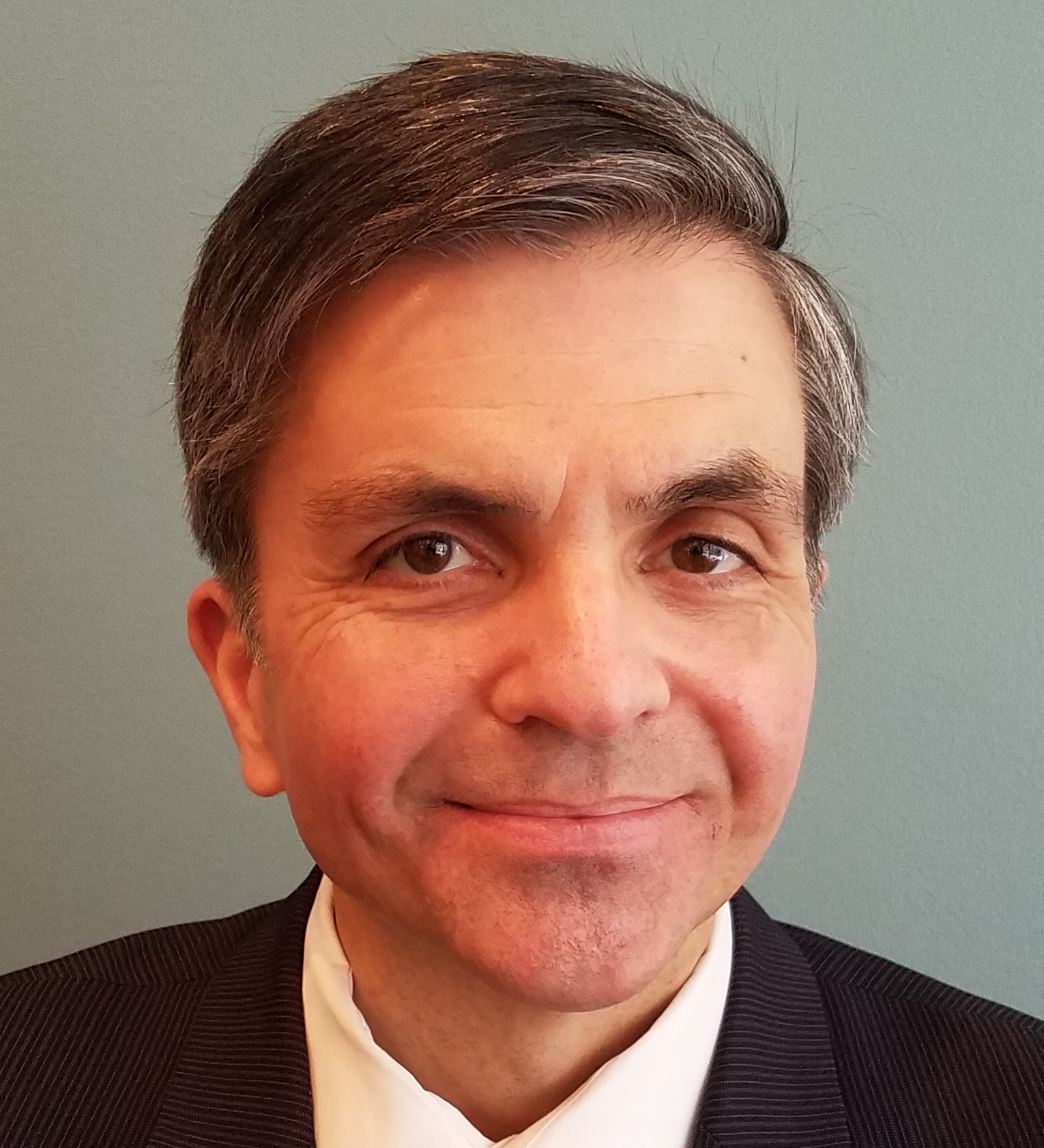

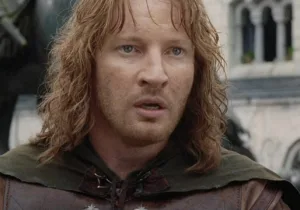
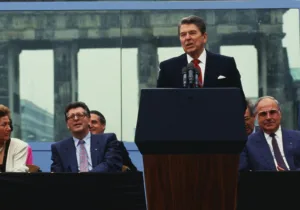
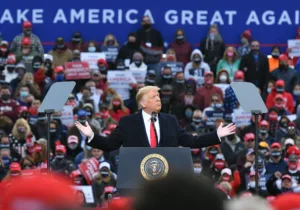
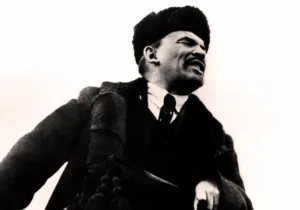

 Sponsor a student for Christianity & National Security 2024
Sponsor a student for Christianity & National Security 2024